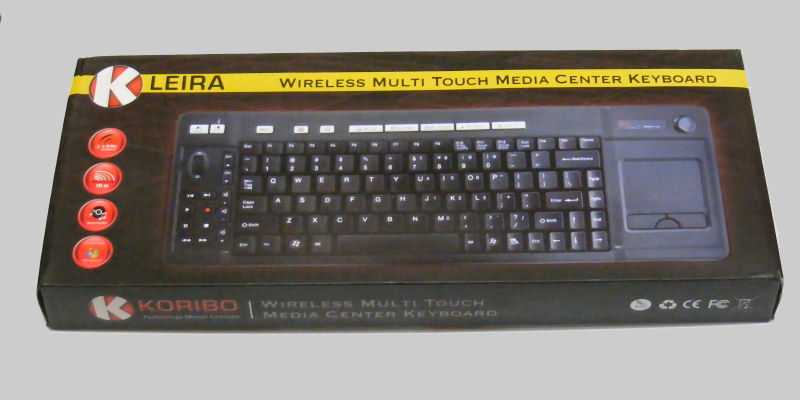 Direction finding or DF was the earliest military applications for radio. It made possible to seek the location of the nemesis aircraft and ships with the help of four major parts: an antenna, processor(s), receiver, and a control and output system. For instance, OUTBOARD of the US Navy. Radio detection finder usually uses triangulation on the basis of laws of plane trigonometry.
Direction finding or DF was the earliest military applications for radio. It made possible to seek the location of the nemesis aircraft and ships with the help of four major parts: an antenna, processor(s), receiver, and a control and output system. For instance, OUTBOARD of the US Navy. Radio detection finder usually uses triangulation on the basis of laws of plane trigonometry.
Direction finding and triangulation
A direction finder is an electronic device that seeks a source of electronic emissions like ship or aircraft. Nowadays, direction finding is virtually synonymous with radio DF. Direction finding entails radio receiver linked to a revolving antenna that scans for the strongest signal in the area.
Components of DF
The simplest system entails an antenna, receiver, process, and control/output systems. The antenna should be versatile in nature to address various needs which are at cross purposes to each other. It must be omnidirectional or must be capable to receive input from 360 degrees and pinpointing the precise locations of specific signals from the radio noise of the source. Moreover, it must receive the signals over the widest area on an ultra-accurate pencil beam.
Receivers may be single channeled, dual channeled or N channeled. In signal channeled, a switch selects an antenna sequentially from an array, in the dual channel model, switching is used to choose pairs from three or more antenna. The N channel receivers operate across multiple antenna with no need of switching.
Once you have received the signal, it is mandatory to ascertain the location of the emitter by comparing signal properties like amplitude. For this, you need a processor. When there are multiple or phased array antenna, the operator doesn’t need a single processor but an array of distributed digital signal processors. Nowadays, it is possible for machines to carry out complex calculations in real time. Lastly, you need a control/output system which entails a variety of subcomponents like functions for the input and keeping the data ready and other operations that need a workable interface between the operator and the equipment.


